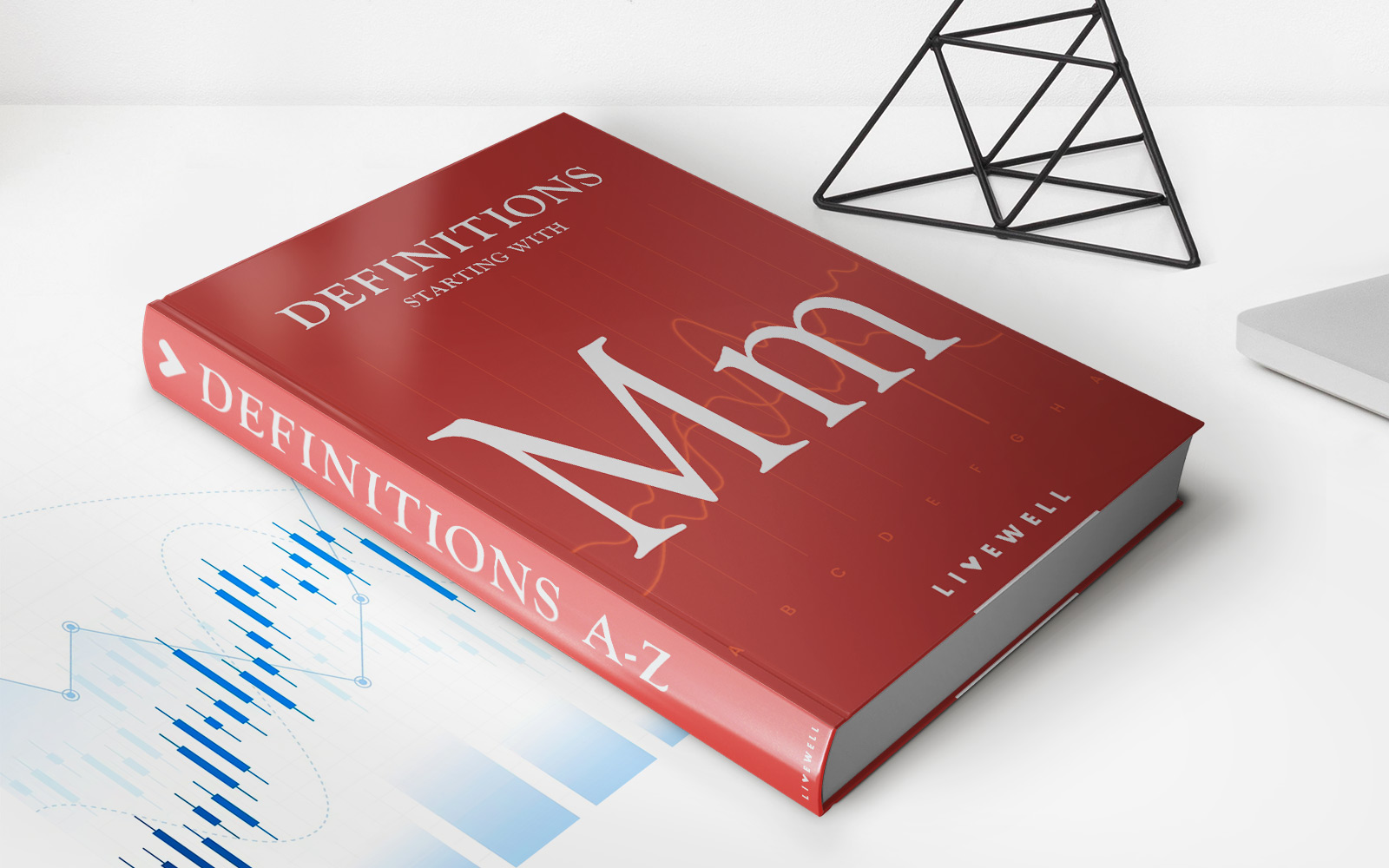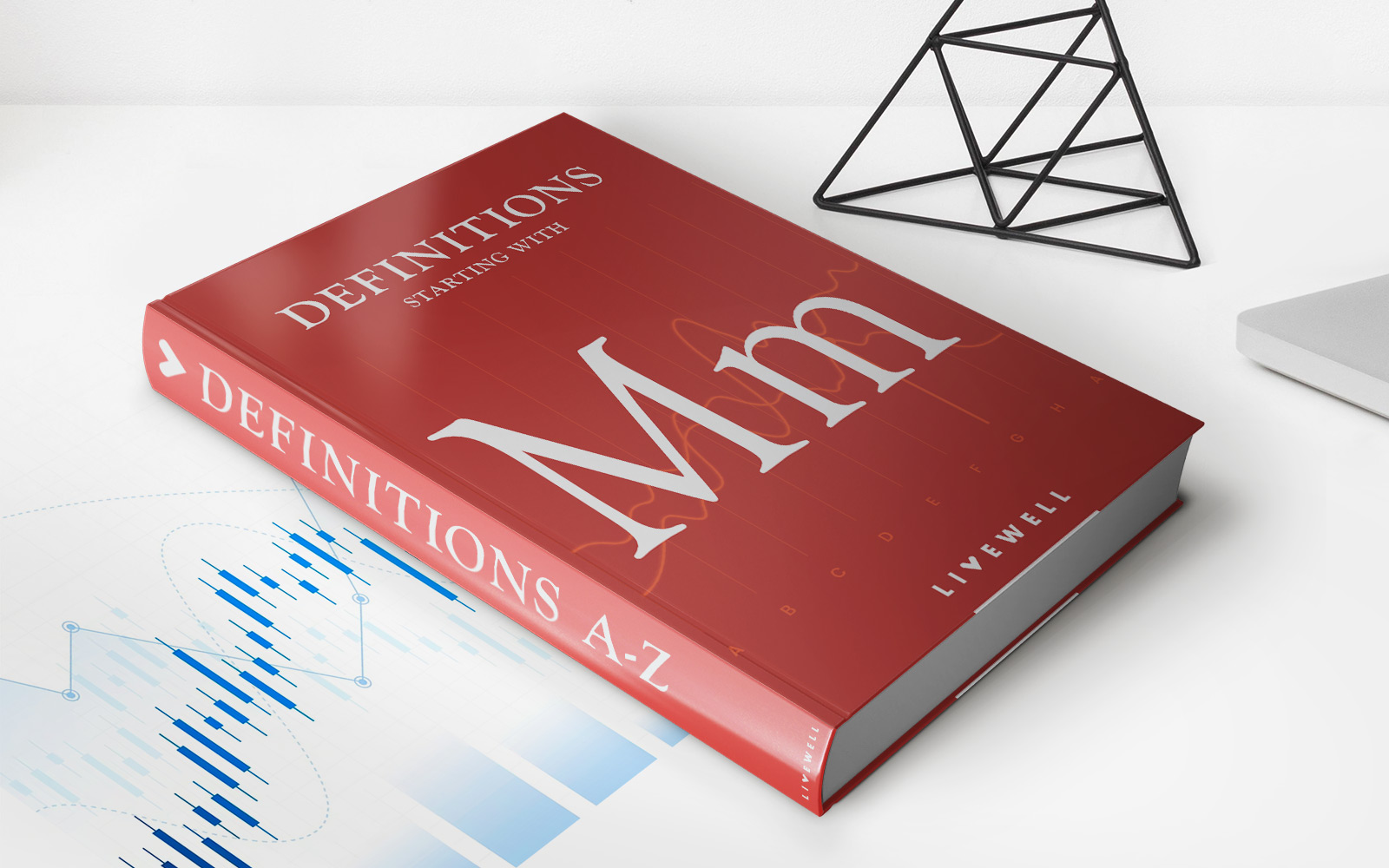Home>Finance>What Is The Interbank Rate? Definition, How It Works, And Example


Finance
What Is The Interbank Rate? Definition, How It Works, And Example
Published: December 10, 2023
Discover the definition, workings, and example of the interbank rate in finance. Gain insights into how this crucial financial rate influences various sectors.
(Many of the links in this article redirect to a specific reviewed product. Your purchase of these products through affiliate links helps to generate commission for LiveWell, at no extra cost. Learn more)
What Is the Interbank Rate? Definition, How It Works, and Example
Welcome to another blog post in our “FINANCE” category! Today, we will be diving into the fascinating world of interbank rates. If you’ve ever wondered how banks determine interest rates when lending to each other, or if you’re simply curious about the intricacies of the financial world, you’re in the right place. Let’s explore the definition, how it works, and even delve into a real-life example!
Key Takeaways:
- The interbank rate is the interest rate at which banks lend and borrow funds from one another.
- It serves as a benchmark for various financial transactions, including setting interest rates on loans, derivatives, and other financial instruments.
Now, without further ado, let’s start with the basics. The interbank rate is the rate at which banks lend and borrow funds from each other in the interbank market. It acts as a crucial benchmark for various financial institutions and is a key factor in determining interest rates on loans, including those offered to individuals and businesses.
So, how does it work? In simple terms, banks use their excess reserves (funds that exceed regulatory requirements) to lend to other banks in need of additional funds. The interest rate charged for these transactions is the interbank rate. This rate is influenced by several factors, such as the supply and demand for funds, economic indicators, and central bank policies.
Let’s take a look at an example to better understand how the interbank rate affects financial transactions. Imagine Bank A has excess funds that it wants to lend to Bank B. Bank A offers an interest rate of 2% on the loan. However, Bank B believes it can obtain funds at a lower rate from Bank C, which offers a rate of 1.8%. As a result, Bank A may decide to lower its interest rate to compete with Bank C. This interplay between banks helps determine the overall interbank rate.
It’s important to note that the interbank rate serves as a reference point for a wide range of financial instruments beyond loans. For instance, interest rate derivatives and futures contracts are often linked to the interbank rate. Financial institutions also use this rate to determine the cost of borrowing and lending in various currencies, facilitating international financial transactions.
In conclusion, the interbank rate is a vital concept in the financial world, influencing interest rates and serving as a benchmark for various transactions. It reflects the dynamics of the broader economy and factors in numerous variables. Understanding the interbank rate can provide valuable insights into the functioning of financial markets and the global economy as a whole.
We hope you found this blog post informative and engaging. For more insightful content on finance and other relevant topics, stay tuned to our “FINANCE” category.














